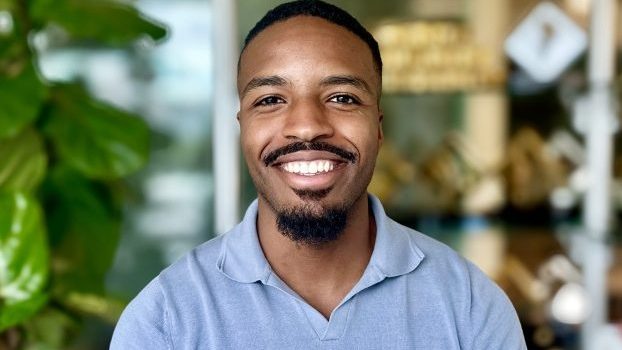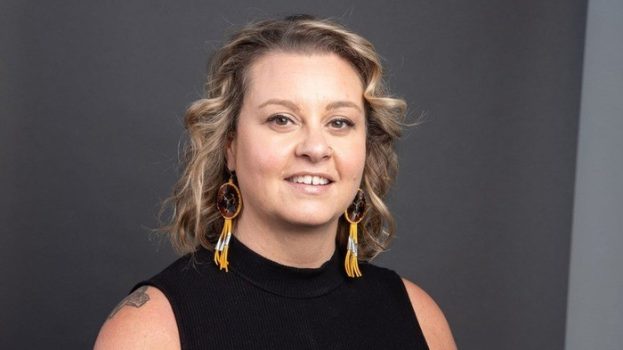This story originally appeared in the Summer 2021 issue of strategy.
By Brendan Christie
It’s been a busy year for FCB Canada – and we’re not talking about the work required to keep its awards shelf structurally sound after winning 194 trophies this year.
No, the agency has been busy adding a ton of creative and strategic talent, as well as a new leadership team for FCB/Six after parent co. IPG decided the shop’s data-driven model was so effective it needed to be shared with the world under the Performance Art shingle.
In July 2021, SVP, GM Priyanka Goswami, SVP operations and agency development Grace McCann and ECD Rob Sturch took over from former FCB/Sixers Andrea Cook, Ian Mackenzie and Elizabeth Sellors, who moved over to Performance Art.
And although FCB/Six remains a separate division within FCB, it’s actually become quite difficult to separate the efforts of the sister shop from those of the agency at large, says Tyler Turnbull, CEO of FCB North America. He says FCB has, over the years, increasingly focused on developing more digital-led and data-driven work for its clients.
The results can certainly be seen in work for the Canadian Down Syndrome Society (CDSS) – from the search-based “Down Syndrome Answers” campaign in 2016 that relied on intercepting queries with educational videos, to training Google’s speech recognition model using the voices of people with Down syndrome in “Project Understood” in 2020, to FCB’s most recent effort this year, when it used the “Mindsets” app to gather fitness data and prove that exercise improves cognitive function.
This approach of building tools and platforms that evolve and continue to feed CDSS’s creative strategy is by design. Priyanka Goswami, FCB/SIX SVP and GM, says the agency in general has been steering away from creating “one-off campaigns and executions” for clients and moving more toward sustainable platforms, which “have the opportunity to build on, adapt and pivot in a way that [has] the flexibility to change with the times.”
Another example of this can be seen in “Imagine What Home Could Be” for Ecobee, where FCB created a unifying campaign that was tied together with a unique palette and mnemonics that the brand could return to again and again for different creative.
“If you’re looking at creativity as an economic multiplier, then you shouldn’t have to constantly be creating brand-new things – that are really expensive for the client – in order to create success and scale. It’s about being able to build on success and learn,” Goswami adds. “Everything has been about innovation for us. So, now it’s what’s that next step? How do we take that data and tech creativity to the next level?”
FCB Canada president Bryan Kane says the agency has also focused on systemizing its operations in a way that the team can create content “at the pace of culture,” not just according to a media plan.
Consider the recent BMO “Financial Fairness” campaign that tackled gender-based economic disparity. Launched with the evocative film, “Jane’s Story,” it spotlights how small moments erode women’s confidence with money. It was built out over several weeks with short-form videos, GIFs, influencers and other social assets. The effort far surpassed its goals, generating more than 90 million impressions, as well as 50 million views of the “Jane” videos. It also saw nearly 85,000 customers visit BMOForWomen.com, a 350% growth in traffic.
“BMO really understood that the purpose wasn’t an advertising message,” says Kane. “This was a reflection of who they are as an organization and their values. I really think it’s an approach that will grow in importance across different clients.
“There’s so much change happening in our business,” he sums. “I think it’s really challenged everybody to get back to the core of what agencies do for their clients and how we create value. For us, that was really focusing on the products we create, ultimately rooted in the beliefs that creativity is an economic multiplier – not just from a creative department perspective, but also strategy that informs it and the data that drives it.”
Key business
Foodland Ontario, Plinko
New hires
Josh Haupert, Ben Playford, Jordan Darnbrough, Nick Noh, Gui Bermejo, Nicholas Doerr, Ariel Riske, Adam Tuck, JP DeLeon, Michael Pal, Patrick Moore, Tyler Strahl, Karan Rana, Daisy Qin, Stephanie Gyles, Ally Dwyer-Joyce, Michaela Hollingsworth, Brittany Kelly, Hailey Scott
Offices
Montreal, Toronto
Staff
234
Digital cases
1. The viral nature of #metoo instantly put sexual violence, along with the MeToo organization, in the public spotlight. But to help prevent the movement from being a moment, FCB created a device that would get people to actively be a part of the solution. It created “Act Too,” the first-ever recommendation engine for activism to end sexual violence. It offered visitors ways to take action, using inspiration from people across the world and web.
2. Fitness holds the power to improve cognition, but it’s never been backed by research. So CDSS and FCB enlisted 200 people with Down syndrome to collect their fitness data using the Mindsets app and prove its efficacy.

3. Gen Z are the most ad resistant gen yet. So FCB and McCain’s approach was to earn their attention through disruption. The team created the “McCain Golden Oven” as the first campaign where a viewer can win the prize revealed at the end of an ad – if they made it to the end of the 10 minute wait.


























